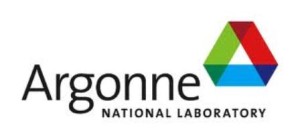Bryan D. McCloskey
Research Staff Member
IBM Almaden Research Center
Among many challenges being addressed to develop practical Li air batteries, relatively little attention has been devoted to the effects of atmospheric contamination on the active cathode chemistry in Li air cells, as most researchers discharge cells under either pure oxygen or zero air. Reaction of Li2O2, the dominant discharge product in nonaqueous Li-O2 cells, with certain atmospheric gasses could lead to formation of products which require high overpotentials to oxidize, leading to losses in both energy efficiency and cyclability. Even in aqueous Li-O2 cells, CO2 contamination is a critical issue, as it reacts with the dominant discharge product, lithium hydroxide, to form sparingly soluble lithium carbonate, which dramatically reduces the capacity of the cell. Furthermore, the deleterious effects of O2, N2, H2O and CO2 on a cyclable lithium metal anode have been extensively explored. Clearly, if rechargeable Li-air batteries are to ever achieve a specific and volumetric energy density significantly higher than Li-ion batteries, novel, compact, energy efficient air purification technologies will need to be developed. One such possible system could be membrane-based.
This presentation will outline the effects of three atmospheric gasses- nitrogen, carbon dioxide, and water- on the Li-O2 electrochemistry. Afterwards, the viability of using a compact membrane system to separate N2, CO2, and H2O from O2, with the end goal of providing the highest purity O2 for a Li-O2 cell, will be discussed.









